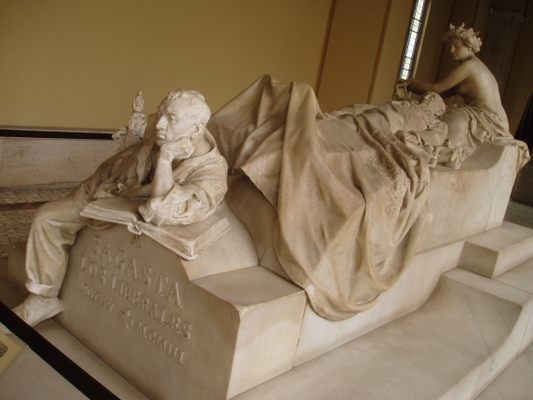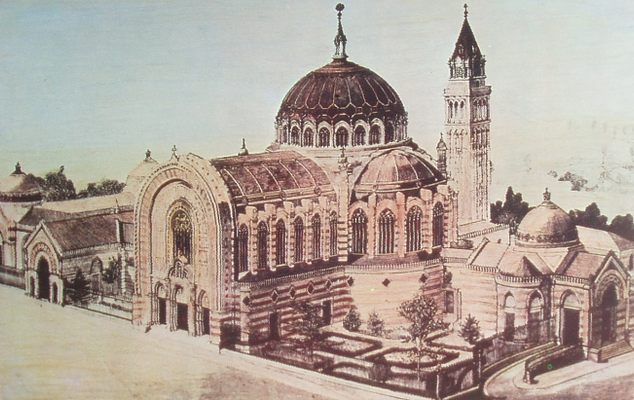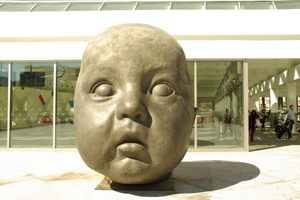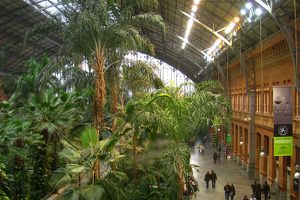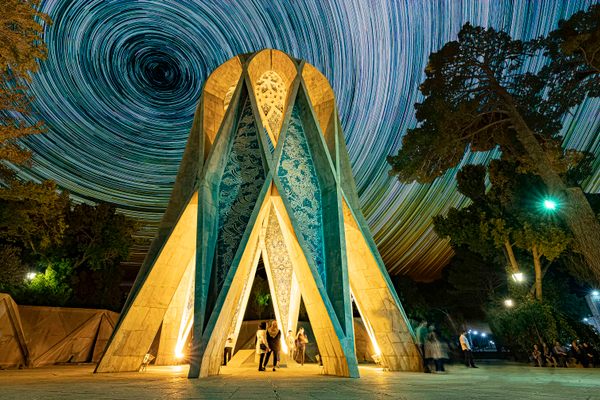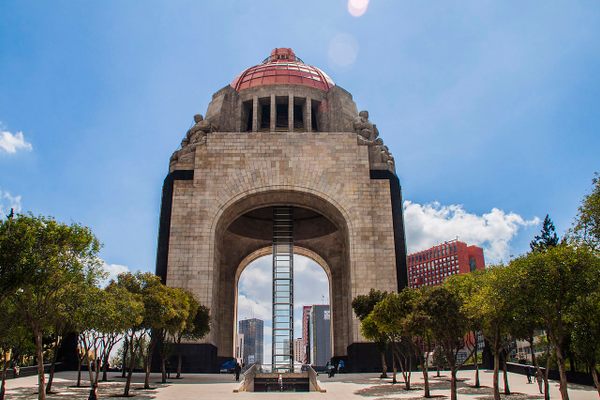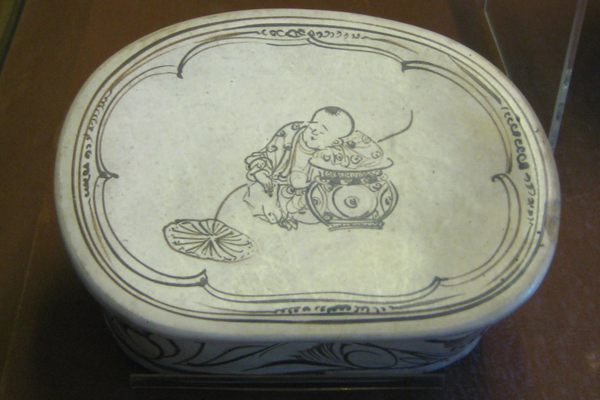About
The Pantheon of Illustrious Men was built between 1892 and 1899. Its neo-Byzantine style was designed by architect Fernando Arbós y Tremanti. This architectural complex was meant to be the cloister of a great basilica that was ultimately never built.
Only this part of the structure and the tower inspired by the Venetian Campanile, which is not open to the public, are all that remain of an ambitious idea that was abandoned due to the project’s high costs. The square pantheon features three arcades, stained glass galleries, and two hemispherical domes in the corners.
Six individual mausoleums containing illustrious figures from the 19th and 20th centuries are in the courtyard. You can see the tombs of José Canalejas, the prime minister who was murdered in Madrid in 1912; Manuel Gutierrez de la Concha, a liberal hero who fell on the battlefield; Práxedes Mateo Sagasta, a former prime minster; Eduardo Dato, a two-time prime minister murdered in 1921; politician Antonio de Rios Rosas; and Antonio Cánovas, another prime minister murdered in 1897. One corner of the cloister features a communal pantheon where other Spanish politicians are buried.
Related Tags
Know Before You Go
Admission is free.
If arriving by bus, take the 10, 14, 26, 32, or C1 (stop at the Paseo de la Reina Cristina stop , number 4) or 24, 37, 54, 57, or 141 (stop at the Avenida de la Ciudad de Barcelona stop, number 6). If arriving by metro, use the Atocha Renfe Station (Alfonso XII exit) and Menéndez Pelayo Station (Gutemberg exit), line 1.
Published
November 21, 2019









